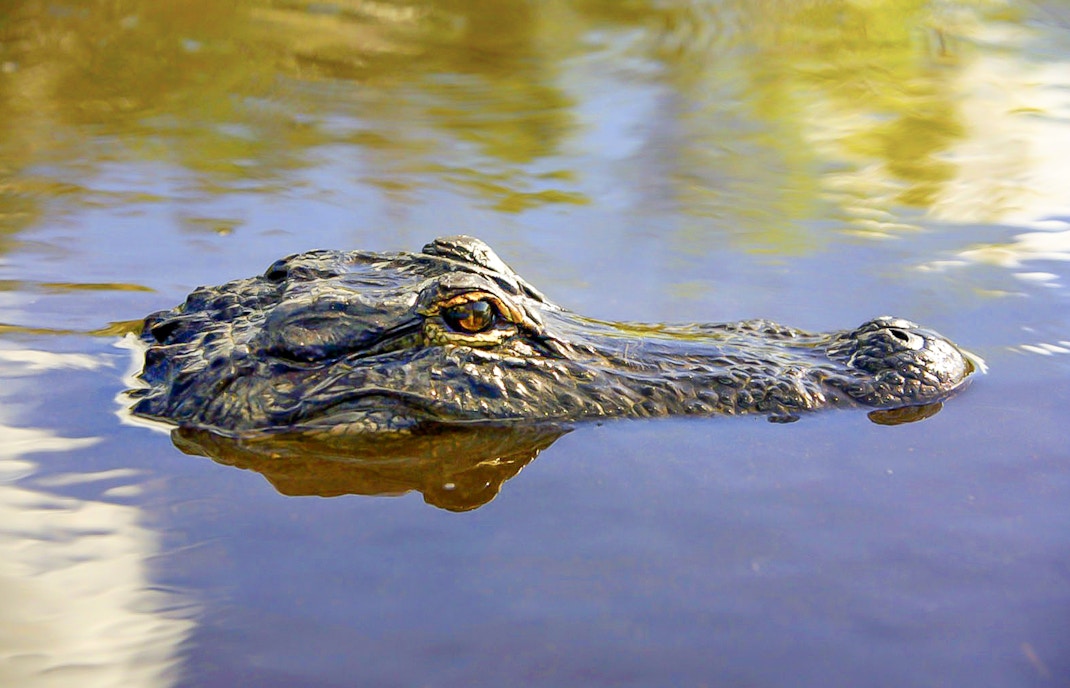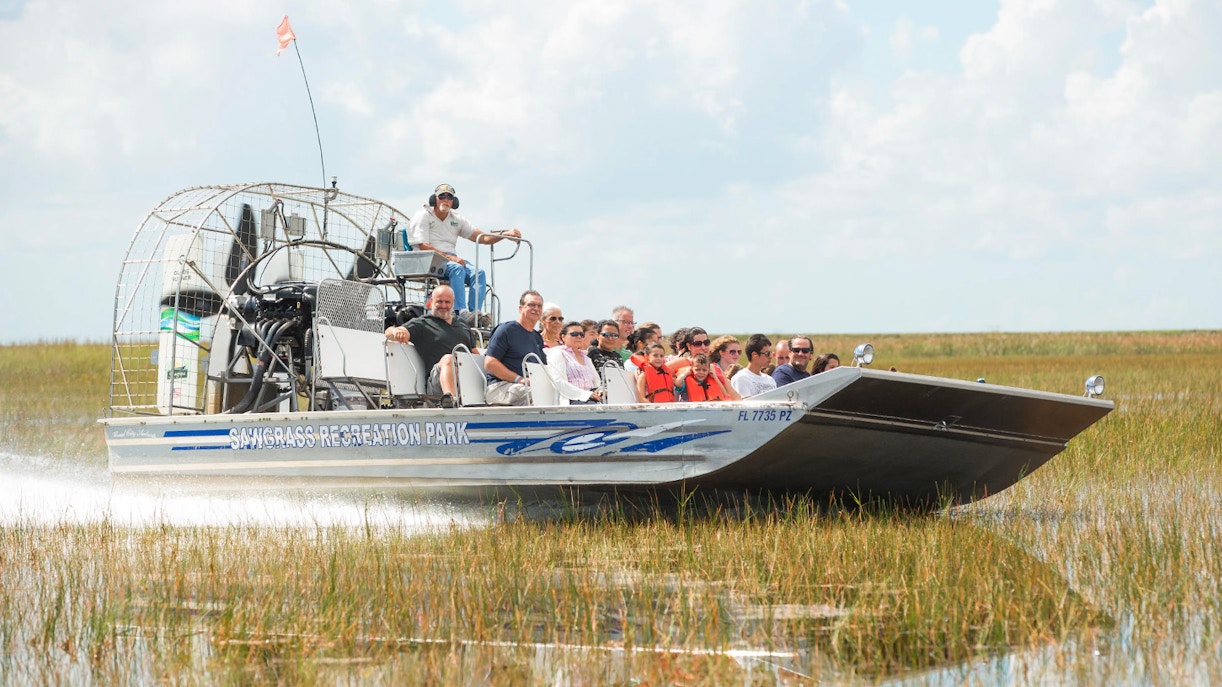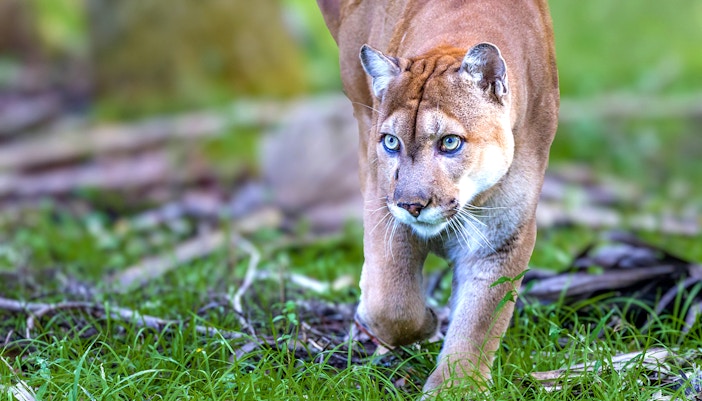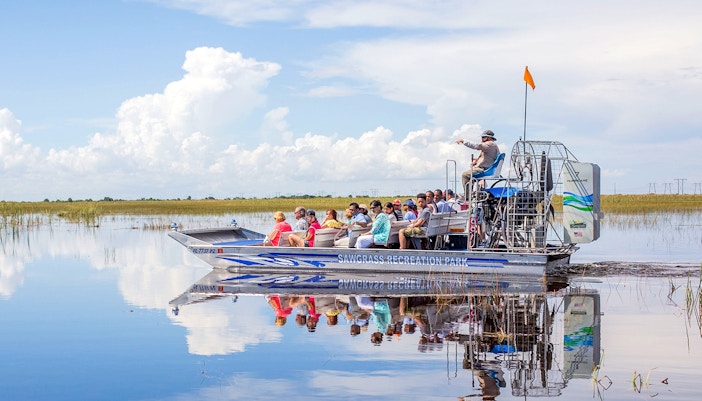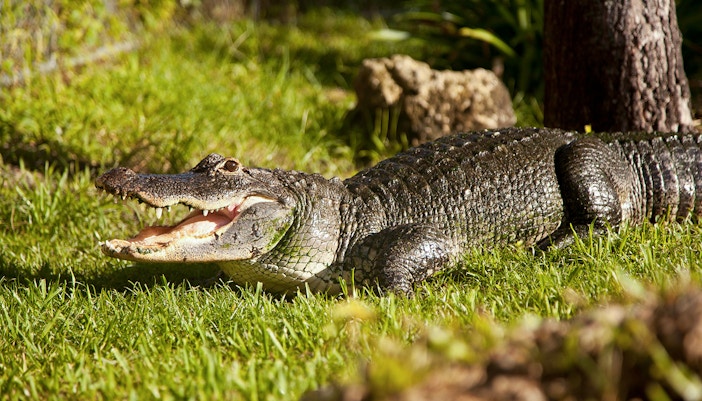From November through April, the Everglades are at their most accessible and photogenic.
- Comfortable temperatures and fewer mosquitoes.
- Lower water levels, making wildlife easier to spot.
- Ideal conditions for airboat tours, hiking, and photography.
This is also the busiest season, so book your tours and accommodations at least 1-2 weeks in advance.

